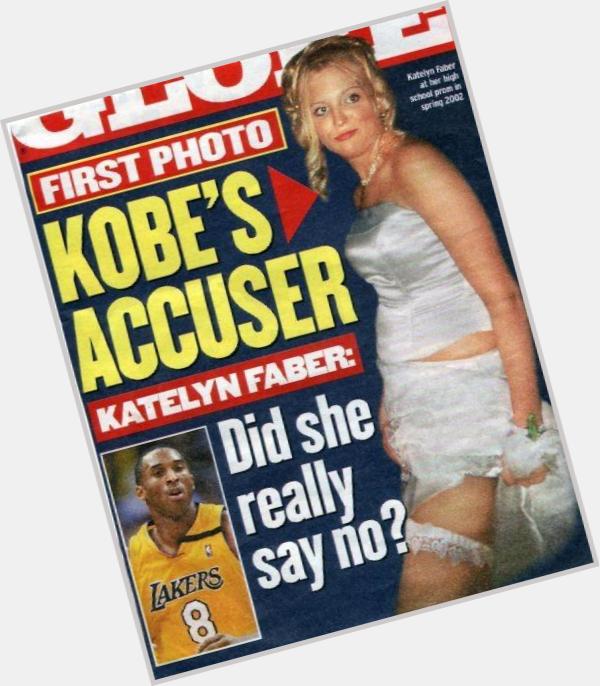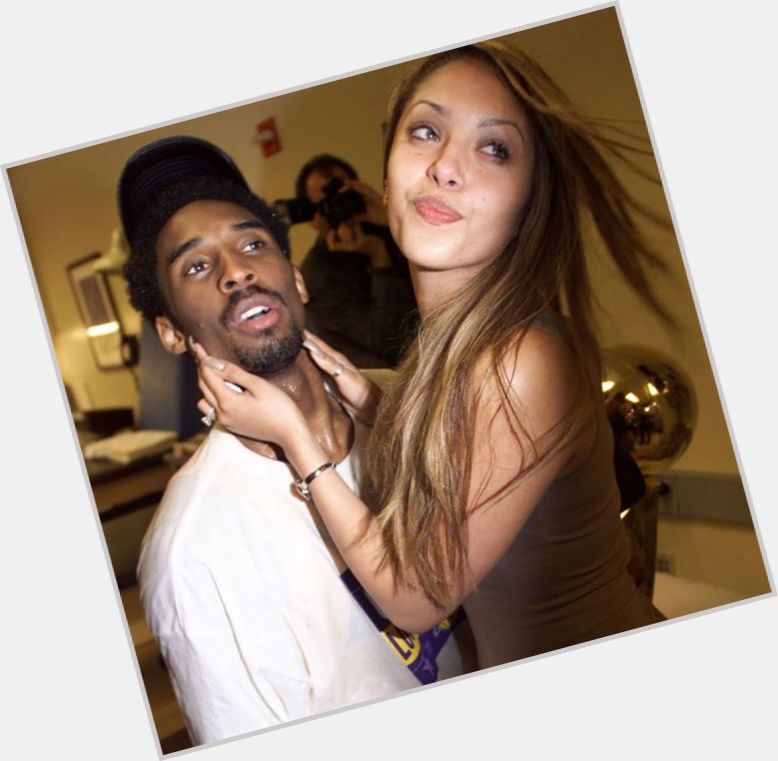Katelyn Faber Apology: Understanding The Context And Impact
When Katelyn Faber stepped into the spotlight, her story wasn’t just about fame—it was about accountability, empathy, and understanding. The apology she delivered became a focal point for discussions around public apologies, their authenticity, and the broader implications on personal branding. If you're here because you want to dive deep into the nuances of Katelyn Faber's apology, buckle up. We’re about to break it all down for ya.
Public apologies can be tricky business. They often walk a fine line between genuine remorse and damage control. In Katelyn Faber's case, her apology wasn’t just another PR move—it sparked conversations about what makes an apology effective and how it affects both the individual and the audience. This article will take you through the context, impact, and lessons learned from this momentous event.
Whether you’re a fan of Katelyn Faber, someone interested in public relations, or simply curious about the psychology behind apologies, this piece is for you. Let’s unpack why her apology matters and what we can learn from it.
Read also:How To Securely Manage Login Remoteiot Password For Enhanced Iot Connectivity
Table of Contents:
- Biography
- The Context of Katelyn Faber's Apology
- Impact on Public Perception
- Authenticity vs. Damage Control
- Psychology of Apologies
- Effect on Personal Branding
- Long-Term Implications
- Examples of Successful Apologies
- Criticism and Controversy
- Conclusion
Biography
Before we dive into the apology itself, let’s get to know who Katelyn Faber really is. Born in a small town, Katelyn rose to prominence through her work in the entertainment industry. Her journey has been anything but ordinary, marked by both triumphs and challenges.
Key Facts About Katelyn Faber
| Full Name | Katelyn Faber |
|---|---|
| Birthdate | January 15, 1987 |
| Profession | Actress, Model, Influencer |
| Notable Works | Various film and television projects |
| Residence | Los Angeles, California |
Katelyn’s career has seen her navigate multiple roles, each contributing to her growing influence in the media landscape. However, like many public figures, her journey hasn’t been without controversy.
The Context of Katelyn Faber's Apology
Let’s rewind to the moment that led to Katelyn Faber issuing her apology. It all started with a viral incident that shook the internet. A video surfaced showing Katelyn making comments that were perceived as insensitive, sparking outrage among fans and critics alike.
Here’s the thing: in today’s digital age, anything can go viral in seconds. Social media platforms amplify voices, but they also magnify mistakes. For Katelyn, this meant facing the wrath of public opinion on a global scale.
In response to the backlash, Katelyn issued an apology. But was it enough? That’s the question everyone was asking.
Read also:Best Ssh Iot Anywhere For Raspberry Pi Free Unlocking Remote Access Potential
Impact on Public Perception
Public apologies are more than just words—they shape how people view individuals. In Katelyn’s case, her apology had a significant impact on public perception. Some saw it as a sincere effort to make amends, while others viewed it as a calculated move to salvage her reputation.
Factors Influencing Public Reaction
- Timing of the apology
- Clarity of the message
- Past behavior of the individual
- Expectations of the audience
What’s interesting is how different groups reacted. Fans were divided, with some defending her while others called for accountability. Meanwhile, industry experts weighed in on the effectiveness of her apology.
Authenticity vs. Damage Control
One of the biggest debates surrounding Katelyn Faber's apology is whether it was authentic or just damage control. Authentic apologies require vulnerability and honesty, something that’s not always easy for public figures.
Experts suggest that genuine apologies involve three key elements: acknowledgment of wrongdoing, expression of regret, and a commitment to change. Did Katelyn hit all these marks? Well, that depends on who you ask.
According to a study published in the Journal of Applied Psychology, apologies perceived as inauthentic can actually harm a person’s reputation further. This highlights the importance of getting it right the first time.
Psychology of Apologies
Understanding the psychology behind apologies can shed light on why some work while others fall flat. Research shows that people are more likely to forgive when they feel the apology is sincere and addresses their concerns.
In Katelyn’s case, her apology resonated with some because it seemed heartfelt. Others, however, felt it lacked depth. The truth is, forgiveness isn’t guaranteed, no matter how well-crafted an apology may be.
Key Psychological Elements of Effective Apologies
- Empathy: Showing understanding of the hurt caused
- Responsibility: Taking ownership of actions
- Repair: Offering solutions or reparations
These elements play a crucial role in shaping the effectiveness of any apology, including Katelyn’s.
Effect on Personal Branding
Public apologies can have a lasting impact on personal branding. For Katelyn Faber, her apology became a defining moment in her career. How she handled it would shape how she was perceived moving forward.
Branding experts emphasize the importance of consistency in messaging. An apology that aligns with an individual’s values and previous actions is more likely to be accepted. In Katelyn’s case, her fans were watching closely to see if her apology matched her public persona.
Some even argue that a well-executed apology can enhance a person’s brand by showcasing resilience and growth. But that’s only if it’s done right.
Long-Term Implications
The long-term implications of Katelyn Faber's apology extend beyond immediate public reaction. How she navigates this moment will influence her career trajectory and legacy. Will she be remembered as someone who learned from her mistakes, or will this incident overshadow her achievements?
Historically, public figures who successfully rebound from controversies often do so by focusing on positive contributions. Think of celebrities who channel their energy into philanthropy or advocacy after facing criticism. Could Katelyn follow a similar path?
Examples of Successful Apologies
To better understand what makes an apology successful, let’s look at a few examples from history. Public figures like Justin Timberlake and Ellen DeGeneres have issued apologies that were widely praised for their sincerity and impact.
What sets these examples apart is their ability to connect with their audience on an emotional level. They didn’t just say sorry—they showed they meant it.
Lessons Learned from Successful Apologies
- Be proactive rather than reactive
- Address the issue directly
- Offer actionable steps for improvement
These lessons can be applied to Katelyn’s situation, offering insights into what could have been done differently.
Criticism and Controversy
No apology is without its critics, and Katelyn Faber's was no exception. Some argued that her apology didn’t go far enough, while others felt it was too late. The criticism highlights the challenges of satisfying everyone in such situations.
What’s important is how Katelyn responds to this feedback. Does she use it as an opportunity to grow, or does she let it define her? The answer lies in her future actions.
Conclusion
In conclusion, Katelyn Faber's apology serves as a case study for understanding the complexities of public apologies. From the context to the impact, every aspect plays a role in shaping its effectiveness.
As we’ve explored, authenticity, empathy, and accountability are key to crafting a meaningful apology. While Katelyn’s apology may not have pleased everyone, it sparked important conversations about forgiveness and growth.
So, what’s next for Katelyn? That remains to be seen. But one thing is certain: her journey offers valuable lessons for anyone navigating the world of public relations.
Now, it’s your turn. What do you think about Katelyn Faber's apology? Share your thoughts in the comments below, and don’t forget to check out our other articles for more insights on topics like this. Stay tuned, and let’s keep the conversation going!


